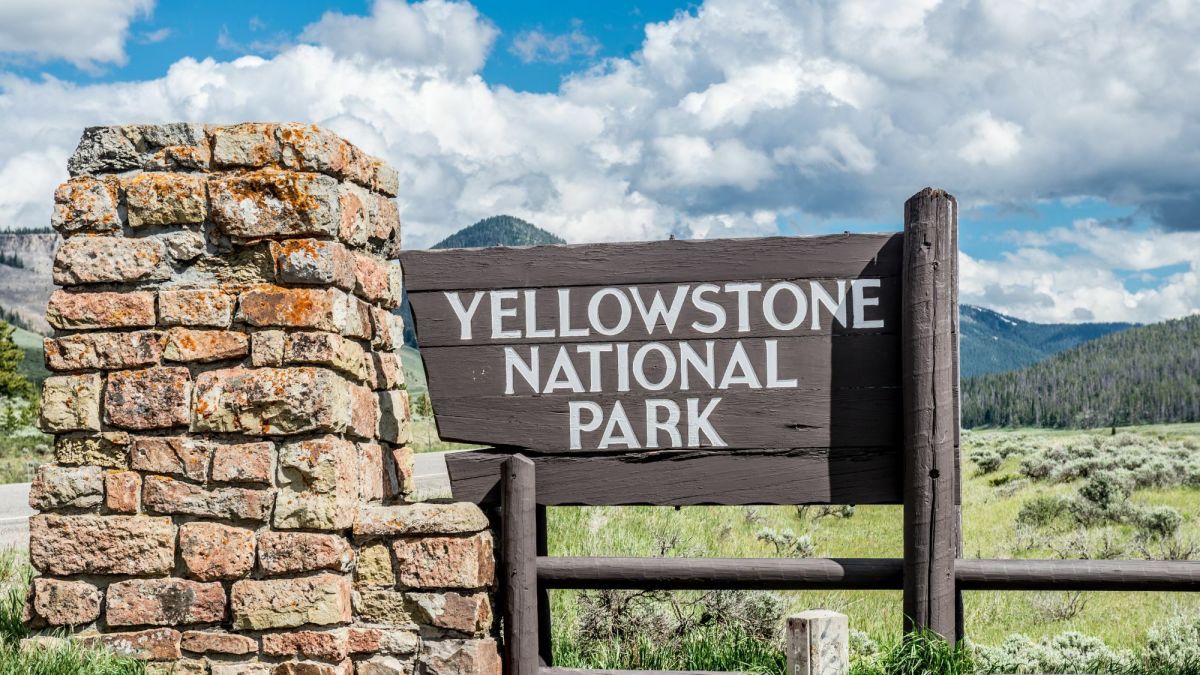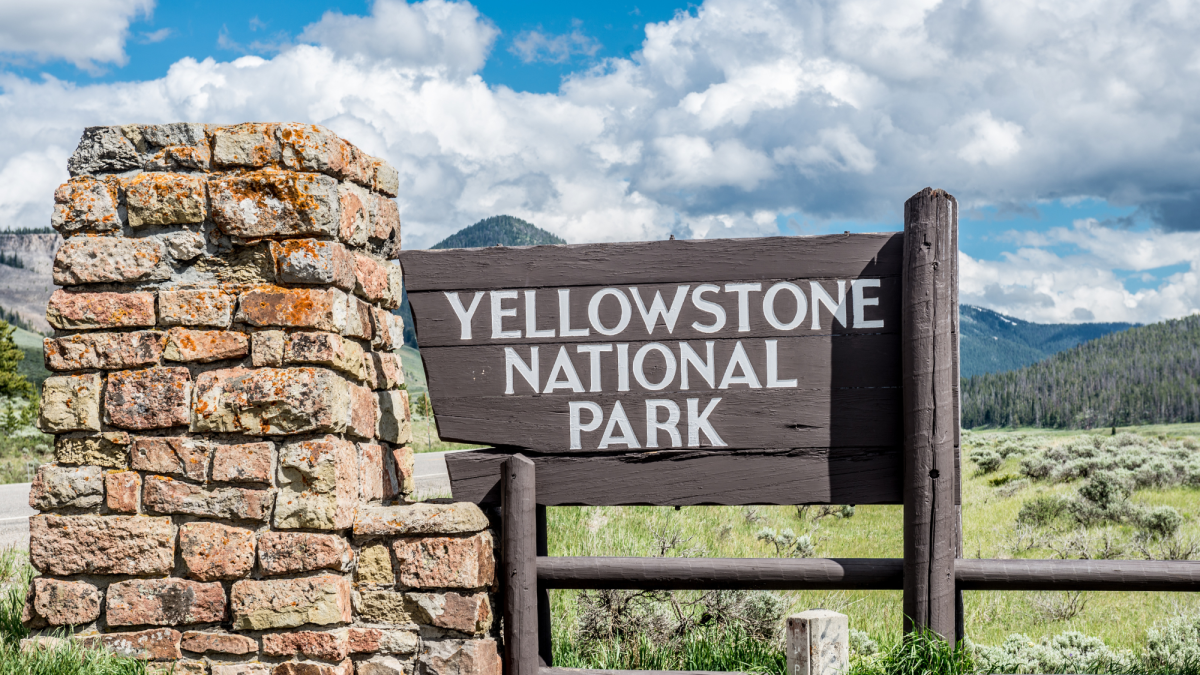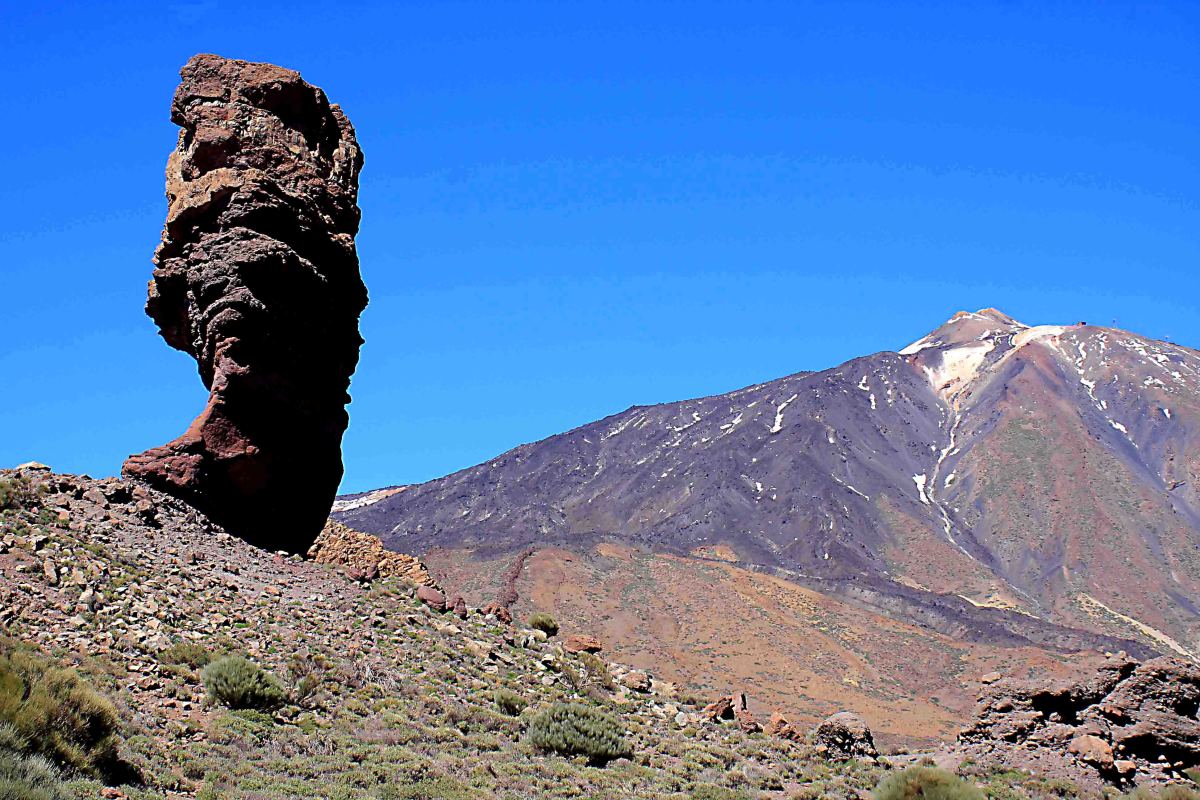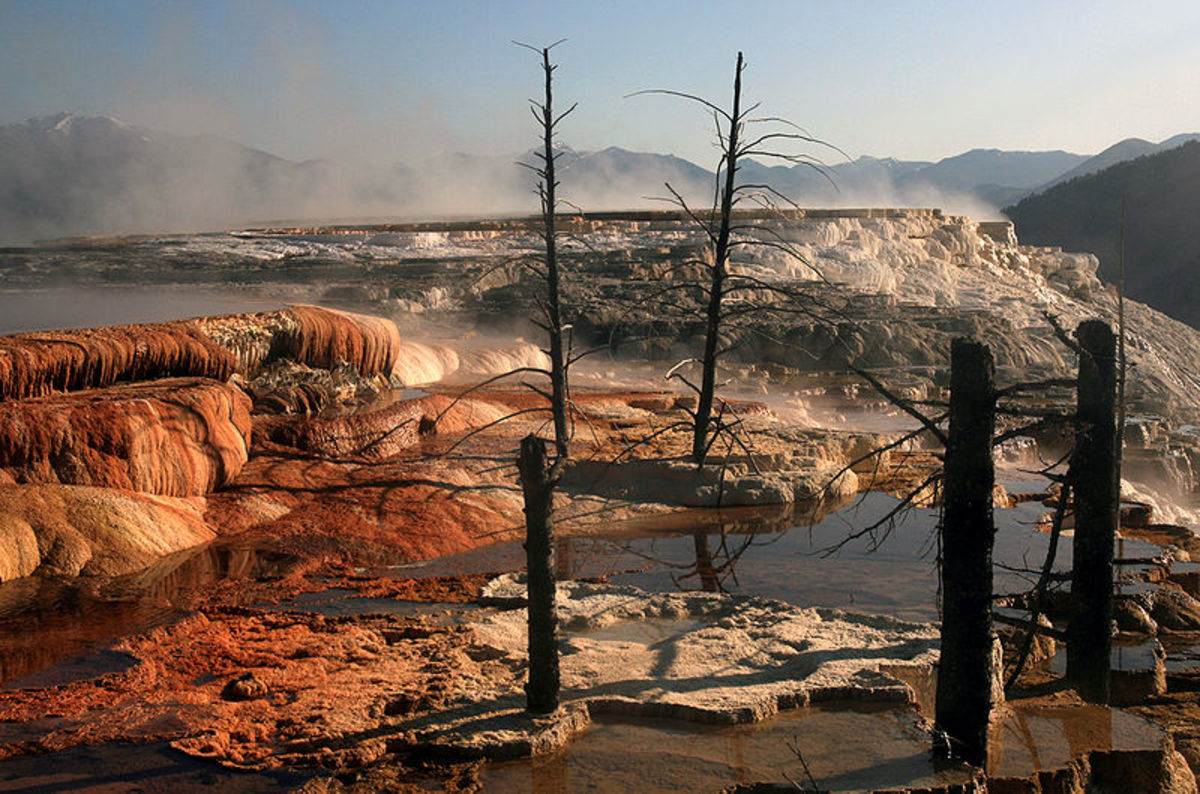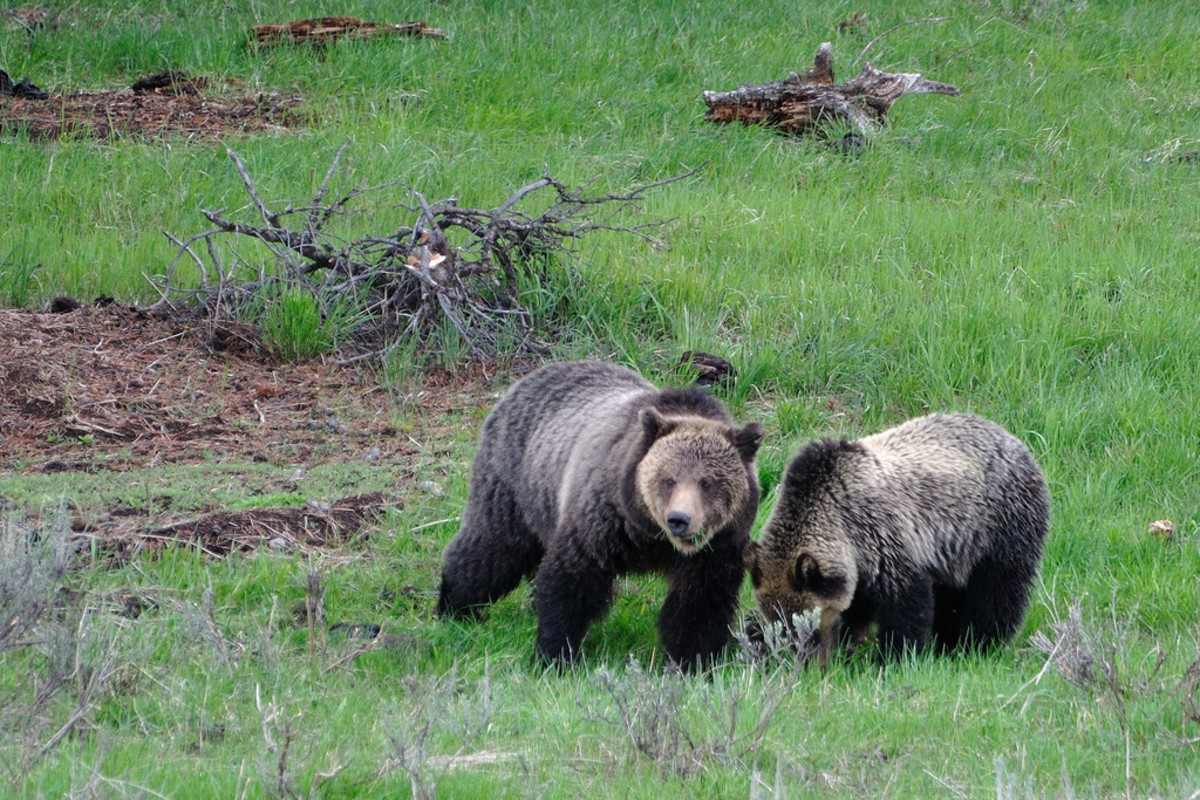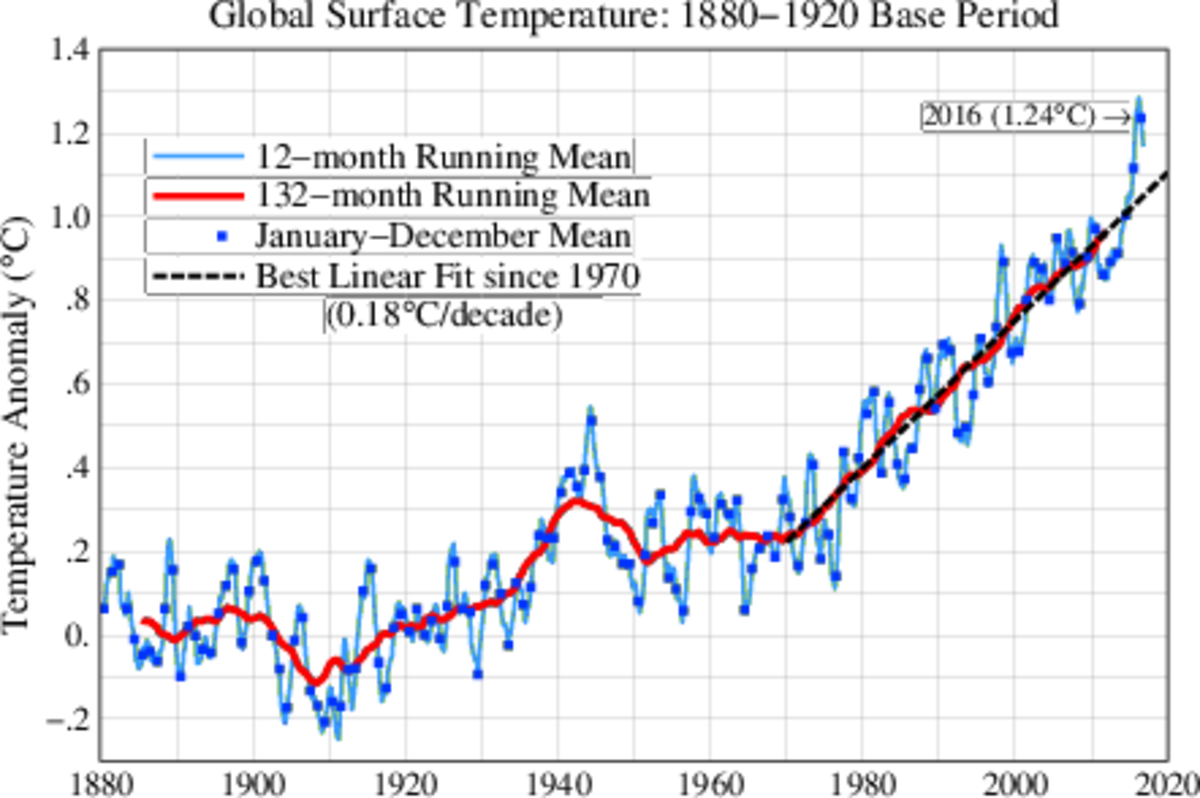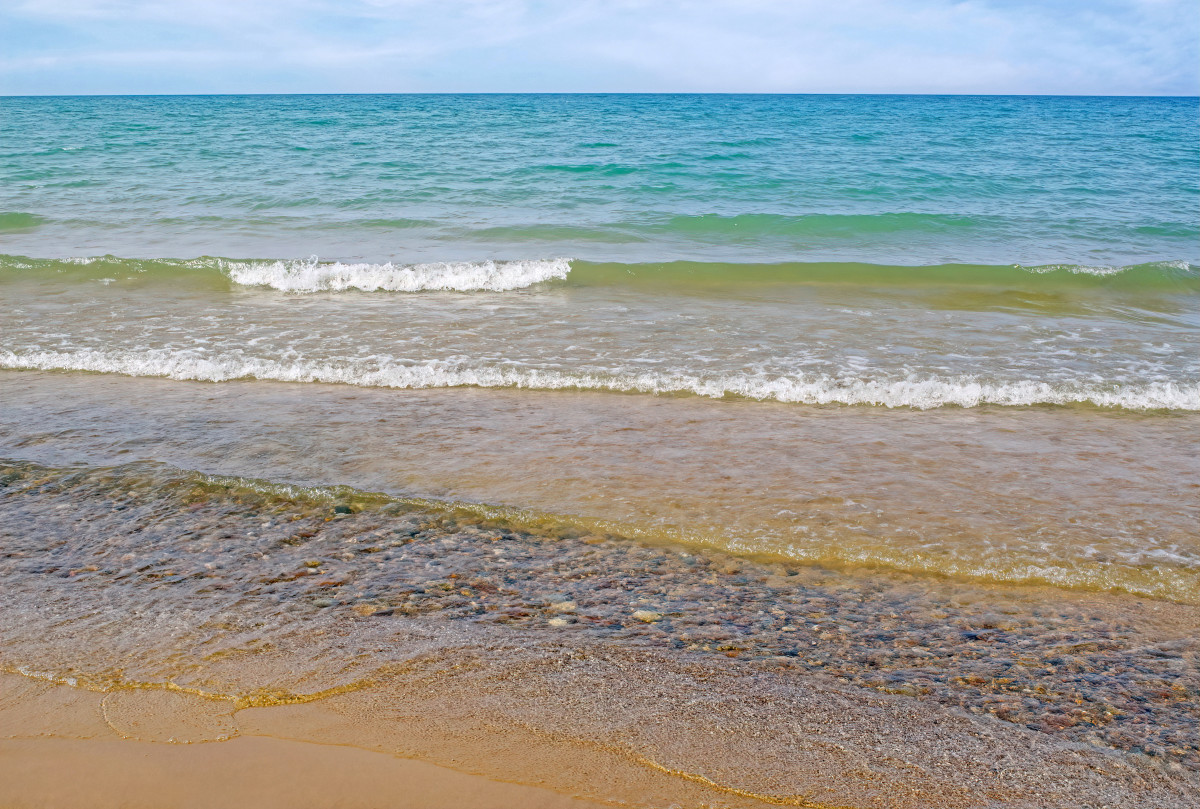Yellowstone National Park A Silent Super Volcanic Threat
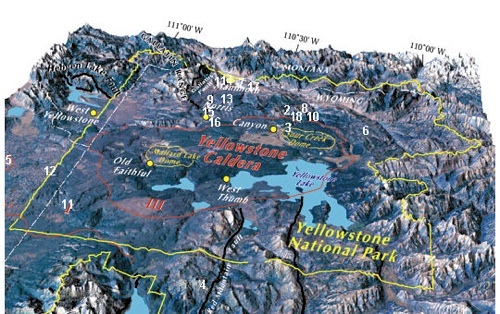
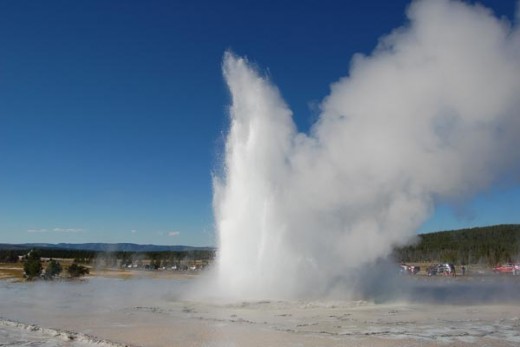
Will Yellowstone explode someday in an event that will dwarf every know explosion?
Yellowstone! We hear that name and envisage the Old Faithful Geyser, placid fields, vibrant green forests, calm blue lakes, low rolling hills and Wyoming River, wild deer and birds. Millions flock to one of America's favorite parks; and why not? The tranquility of the place soothes the city ravaged nerves of the visitors. Visitors come from the world around to see the natural wonders, thermal hot pools, the geysers and the quiet piece. But the beauty and calm of the place belies an ancient threat that has exploded with fury in the past, affecting the entire world. There are signs that it will do so again. As to the time, we are not certain, but it will occur again and bring with it a legendary disaster that can only be described as Biblical in proportion.
Yellowstone Park lies within a vast ancient volcanic caldera that has exploded periodically in the past. The thermal hot pools, vents and Old Faithful itself are signs that the region is still very much active. The caldera itself measures some 55 km (34 miles) by 72 km (42 miles) and is situated in Northwest Wyoming. Geologists believe that Wyoming sits atop one of the Earth's few dozen hot spots like those found under Hawaii and Iceland. It is believed that heated magma rises from the center of the Earth and is stopped at the bottom of the lithosphere under northwest Wyoming. The host spot has drifted over a period of 17 million years due to the slow movement of the North American plate over the hot spot. Successive eruptions have flooded lava over wide stretches of Washington State, Oregon, California, Nevada, and Idaho, forming a string of comparatively flat calderas linked like beads. The hot spot has caused many volcanic eruptions in the past, creating vast regions of lava flows and other large caldera such as the oldest identified caldera remnant is straddling the border near McDermitt, in Nevada-Oregon. The hot spot's apparent motion as revealed by the caldera like beads on a string to the east-northeast forms the Snake River Plain.
Within the past two million years, the moving hot spot has undergone three extremely large explosive eruptions, up to 2,500 times the size of the 1980 Mount St. Helens eruption. The three eruptions happened 2.1 million years ago, 1.3 million years ago, and the most recent such eruption produced the Lava Creek Tuff 640,000 years ago and spread a layer of volcanic ash over most of the North American continent. Additionally, non-explosive eruptions of lava flows have occurred in and near the caldera since the last major eruption; the most recent of these was about 70,000 years ago. Craters of the Moon National Monument in Idaho is the result of volcanic activity between 11,000 and 2,000 years ago. Smaller steam explosions occur as well; an explosion 13,800 years ago left a 5 kilometer diameter crater at Mary Bay on the edge of Yellowstone Lake (located in the center of the caldera).[1] 142 or more caldera-forming eruptions have occurred from the Yellowstone hotspot within the past 17 million years. [2] Studies and analysis may indicate that the greater contemporary hazards come from hydrothermal activity which occurs independently of volcanic activity. Over 20 large craters have been produced in the past 14,000 years since the last ice age glaciers retreated from Yellowstone, resulting in such features as Mary Bay, Turbid Lake and Indian Pond.
The last major, super volcanic explosion occurred about 640,000 years ago and it was an explosion that made Krakatau look insignificant in comparison. The explosion lofted some 240 cubic miles of ash into the atmosphere. What we know of Krakatau is that the explosion of 535 AD caused a volcanic winter lasting nearly a decade and a century of freak weather thereafter. The 1883 explosion of the same volcano was nowhere near as great, but it did lower world temperatures for years afterward and created dazzling red sunsets and sunrises depicted in the paintings of artists like Turner of the period. The Yellowstone is a super volcano, biding its time before subterranean pressures become too great for the crust to contain. Hot springs and geysers are just the visible signs of what lies below.
According to geologists who are watching and measuring the area, it is currently rising slowly at an average of about 1.5 centimeters annually. But from mid-Summer 2004 through mid-Summer 2008, the land surface within the caldera has moved upwards, as much as 8 inches at the White Lake GPS station [3]. The area is subject to both smaller more frequent volcanic events and less frequent super volcanic events. The placid and quiet conditions we have been familiar with throughout our experience could suddenly disappear. What would happen if there were a super volcanic explosion?
With the world population as it is today, immediate deaths would be in the millions around the region if it blew up without warning. Ash would fill the skies, blocking out the sun on a continent wide basis and blanket most of North America. Temperatures would plunge to well below freezing even in the heat of the summer. The world's weather would decay into a volcanic winter affecting billions of people world wide over several years. Species would go extinct and civilization would likely collapse. Humanity would likely be reduced to a new stone age as most highly civilized people would not be ready for such a monumental disaster. Those most likely to survive are people who are already living off nature in a natural setting. During a volcanic winter, the Inuit and Eskimo would stand the best chance as they are already adapted to such extremes.
The geological history of the place demonstrates that two types of eruptions can occur. Most of the eruptions are small and a handful of them are huge. Most being comparatively small means that the threat is thus smaller and with the current signs, the best we can hope for is a small eruption that would not bring civilization to it knees. The signs being recorded now are very local in nature and the best thing we can do is prepare for the inevitable and move people away from the immediate danger area, especially when harmonic tremors begin. We learned about harmonic tremors at Mt. St. Helens in the build up to the 1980 explosion, but some people refused to move, even though the explosion was imminent.
References:
1. Introduction to hydrothermal (steam) explosions in Yellowstone
2. Breining, Greg, Super Volcano: The Ticking Time Bomb beneath Yellowstone National Park (St. Paul, MN: Voyageur Press, 2007). ISBN 978-0-7603-2925-2
Meanwhile, half a world away in Italy, something massive is stirring to life
- Russian scientists voice concerns about dangers of a supervolcano erupting in Italy | The Extinction
January 31, 2013 – ITALY – It looks like we may be in for an earth-shattering explosion. A dormant super volcano appears to be stirring under the Phlegraen Fields of Naples in Italy. Rising soil temperatures and surface deformation in … Continue read

